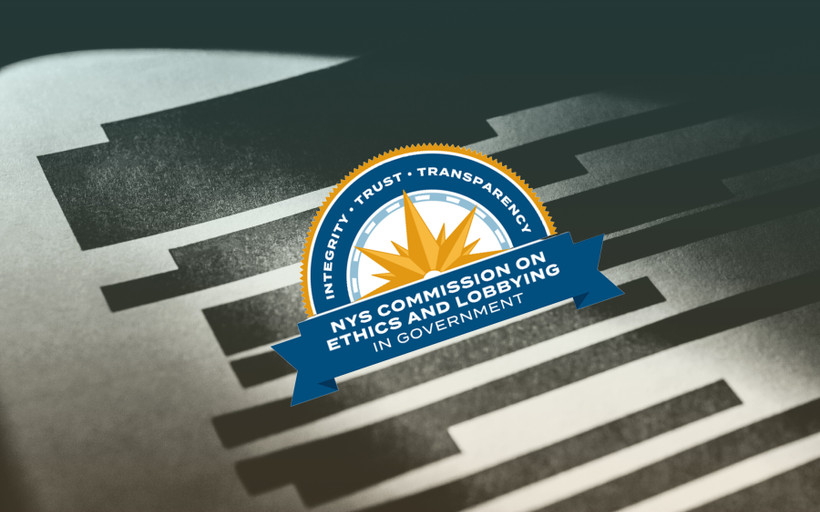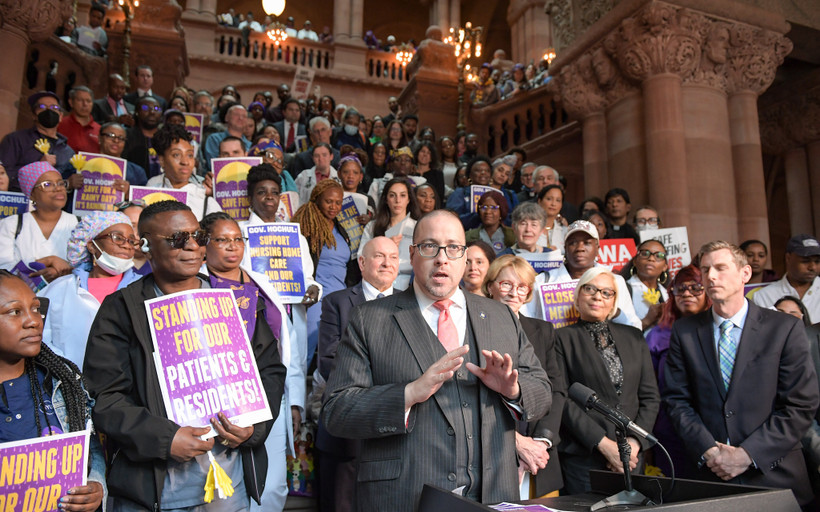Understaffing Threatens to Slow New York Climate Plans
Renewable energy developers are hungry to build in New York, but staffing at the bodies charged with managing the process hasn’t kept up.


New York’s transparency watchdog found that the ethics commission violated open records law by redacting its own recusal forms.
New York has one of the weakest consumer protection laws in the country. This year’s state budget may change that.
Guidelines limiting gifts of taxpayer resources have “no teeth whatsoever,” according to good government watchdog.
Hochul’s proposed Medicaid cuts include $125 million from Health Homes, a program that connects the neediest New Yorkers with medical care, food assistance, and more.
One in five kids in New York live in poverty. Legislators are pushing Hochul to fulfill her promise to cut that rate in half.
The Assembly and Senate want to beef up labor standards and farmland protections for clean energy projects. Developers say that would slow down the energy transition.
State investigators accused the gas utility of “sloppiness” in managing customer funds, but took a light touch in enforcement.
What are industrial development agencies?
A new bill to municipalize Long Island’s utility includes key worker protections that the union had sought.


